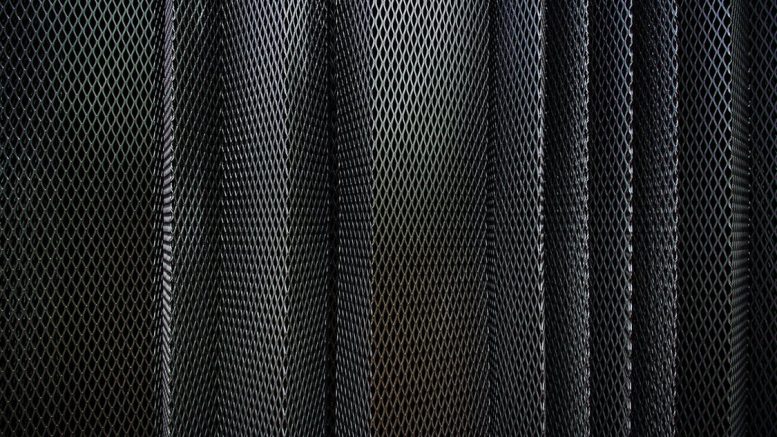The fabric we wear has remained generally the same for thousands of years, serving us just a single purpose: coverage and protection from the elements. But all of that is about to change. Recent breakthroughs in fiber materials are making fabric “smart”, and these smart fabrics are able to see, hear, sense, communicate, store energy, regulate temperature, and monitor health. This technology will forever change the way we use fabric, having an international industry impact.
Revolution in the Textile Industry
Over $300 million has been put into a non-profit institute aimed at accelerating progress of smart textiles. The Advanced Functional Fabrics of America, led by MIT, is partnering with the Defense Department, universities, and companies looking to create textile-based products for the future. AFFOA will provide research, create incubators, conduct research, and rapidly build supply chains.
Smart fabrics and fibers will have a huge impact on consumer products, fashion, sports, venture capital, transportation, and medicine. Sweat-resistant clothing and activity-monitoring socks are changing the game for professional athletes. Globe is developing a product to specifically track firefighters’ heart rates, core body temperature, activity levels, and respiration in order to gather situational awareness, stress levels, and improve overall performance. But smart textiles are predicted to have the biggest impact on the medical and defense industries. Functional fabrics allow for major advancement in patient monitoring, from shirts that monitor heart rate to hospital gowns that check vitals. They can be used for communication in the military and change color to signal warning or adapt to environments. Technological ability in a soldier’s clothing will lighten their gear and greatly improve overall defense. For Fieldtex, this means expanding our portfolio in custom manufacturing.
What it Means at Fieldtex Products, Inc.
We’ve already begun breaking into the world of smart textiles. When a start-up out of University of Rochester approached us with a wearable virtual reality vest, we were thrilled to bring it to life. The vest holds a wire system of sensors and semiconductors to give a sense of touch. If a user walks through an intense virtual storm, the vest will create a feeling of wind gusts on the chest. These new textiles expand our capabilities tremendously, opening the door to new opportunity with our medical and military markets.
“Analysts forecast the US smart textiles market to grow at 18.32% CAGR to 2019. The smart textiles market in the US can be segmented into seven based on end-use: military and protection, architecture, sports and fitness, transportation, fashion and entertainment, and others. It is widely used in the military sector for protection and safety.” – Ritesh Tiwari, ReportsnReports
There are still many challenges facing the new technology, particularly in manufacturing. The fabrics must remain lightweight, affordable, washable, and aesthetically attractive in order to be successful. These are all factors the Fieldtex team will consider as we take on and source new smart fabric products.
The textile industry is in the midst of an exciting revitalization. Fieldtex is taking these new opportunities head-on with full-service capabilities. With the aid of the AFFOA program, digital technology in textiles will rapidly become more accessible for our manufacturing and product design. In future posts, we plan to inform you of industry developments, and the emergence of different types of smart textiles.
